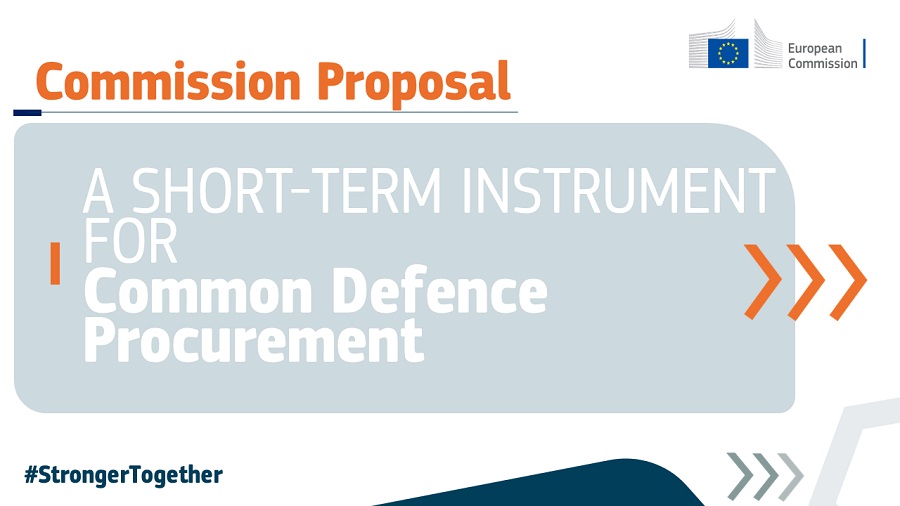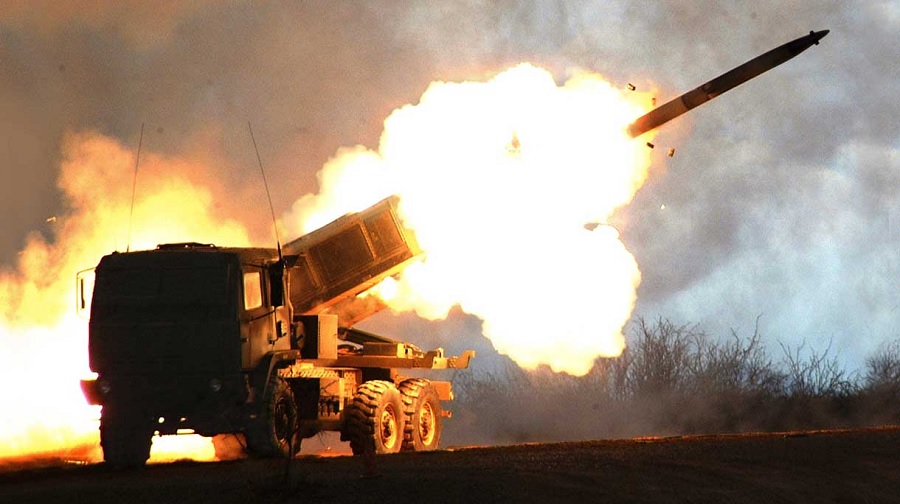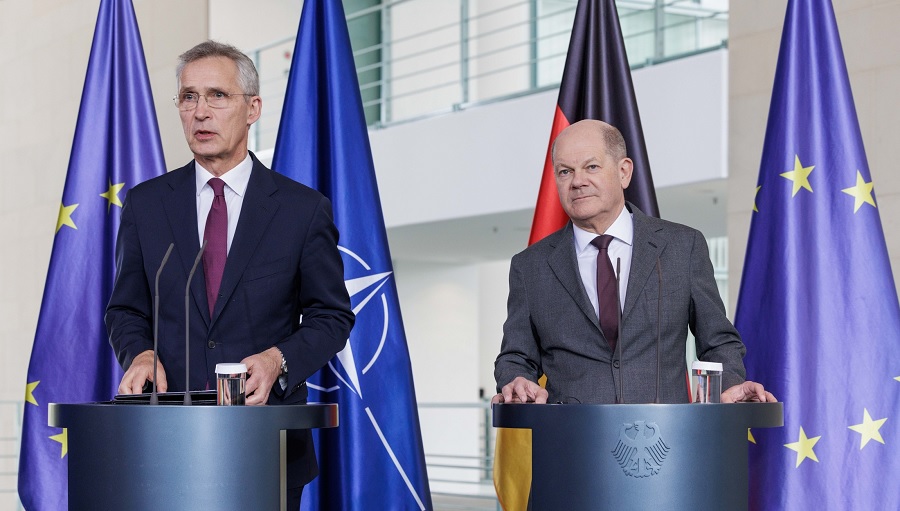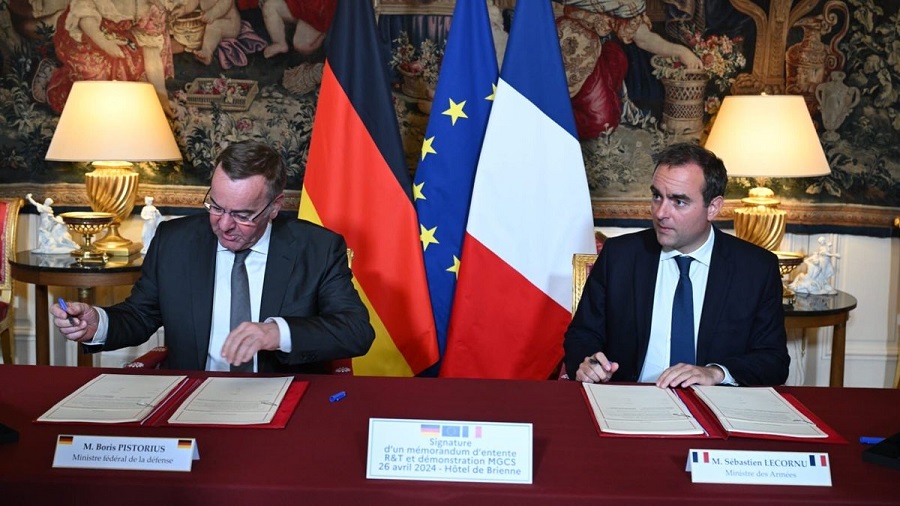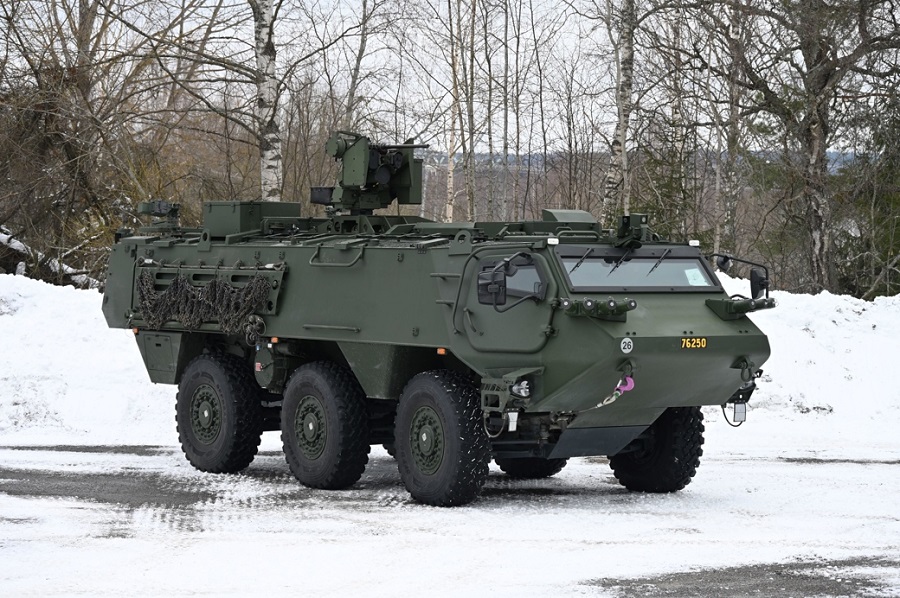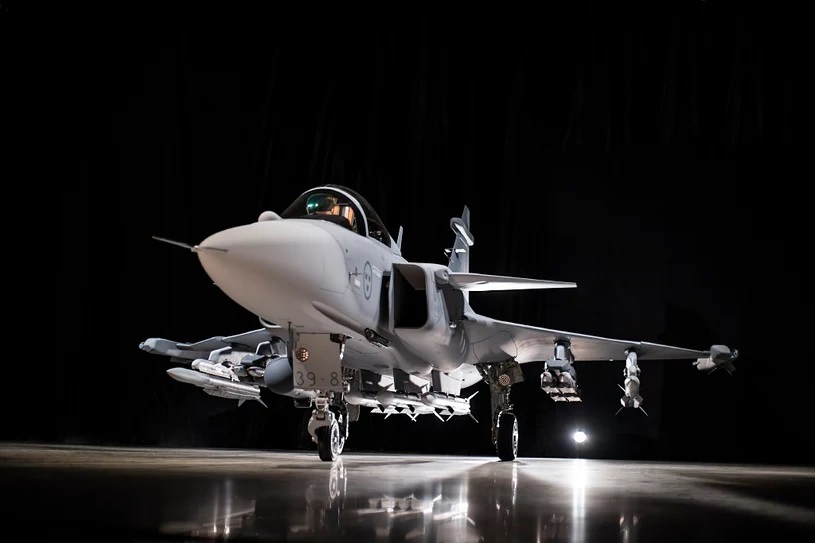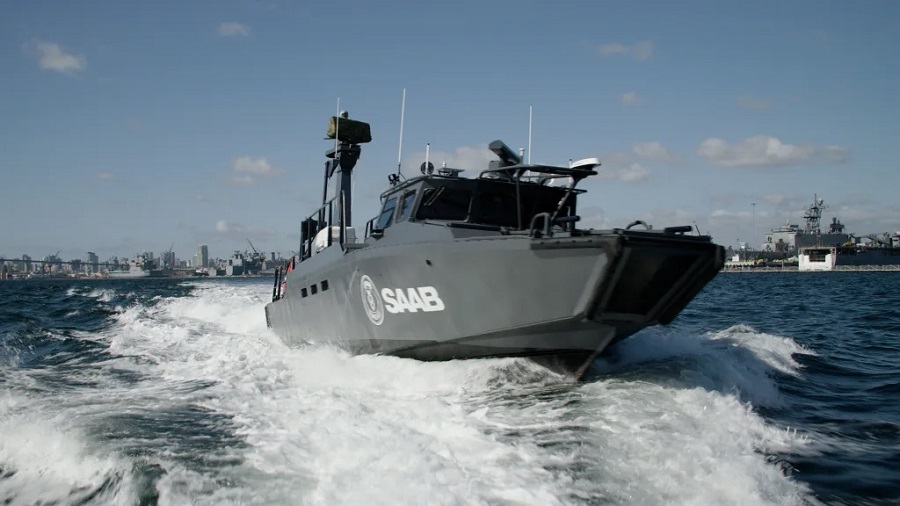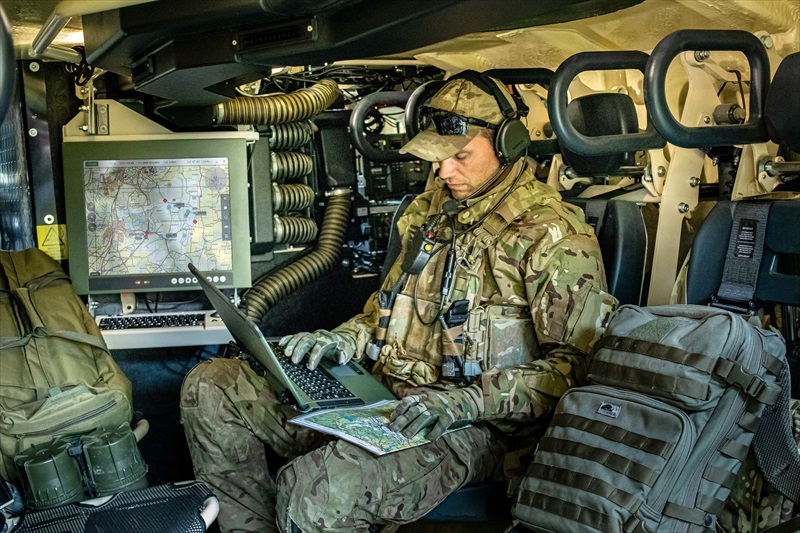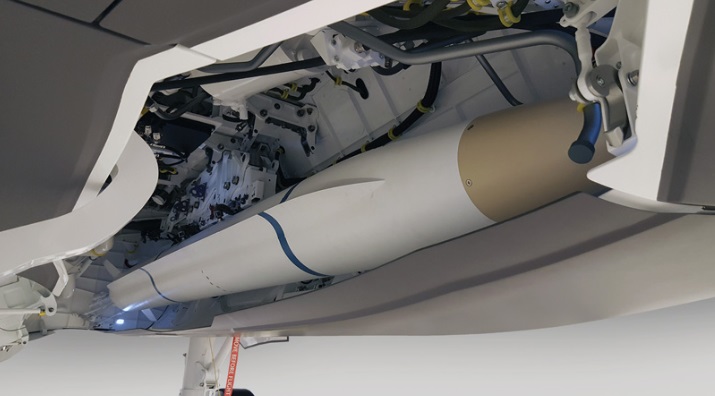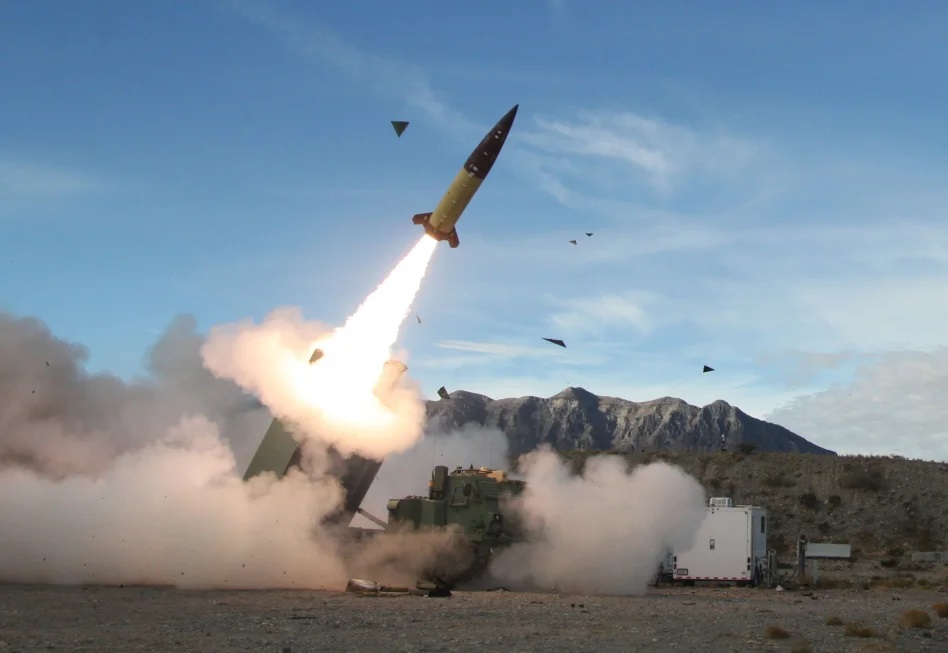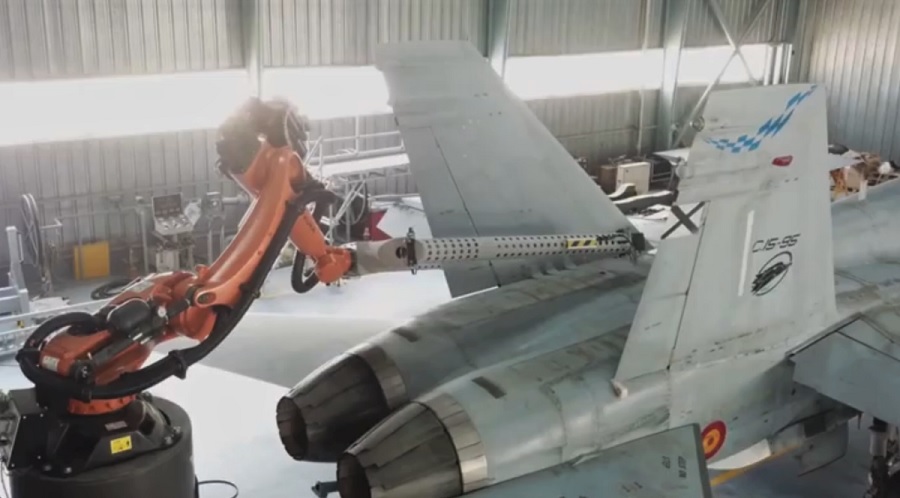It will avoid competition among Member States for the same products and facilitate cost savings. It will strengthen interoperability and allow the European Defence Technological and Industrial Base (EDTIB) to better adjust and ramp-up its manufacturing capacities to deliver the needed products. The Instrument will support actions from consortia composed of at least three Member States. Eligible actions can involve new defence procurement projects or the extension of those launched since the start of the war.
Executive Vice-President, Margarethe Vestager, said: “Member States have taken bold steps by transferring urgently needed defence equipment to Ukraine. In the same spirit of solidarity, the EU will help them replenish these stocks by incentivising joint procurement, allowing the European defence industry to respond better these urgent needs. The proposal for the EDIRPA Regulation is a historical milestone in establishing the EU Defence Union, increasing the security of EU citizens and making the EU a stronger partner for our allies.”
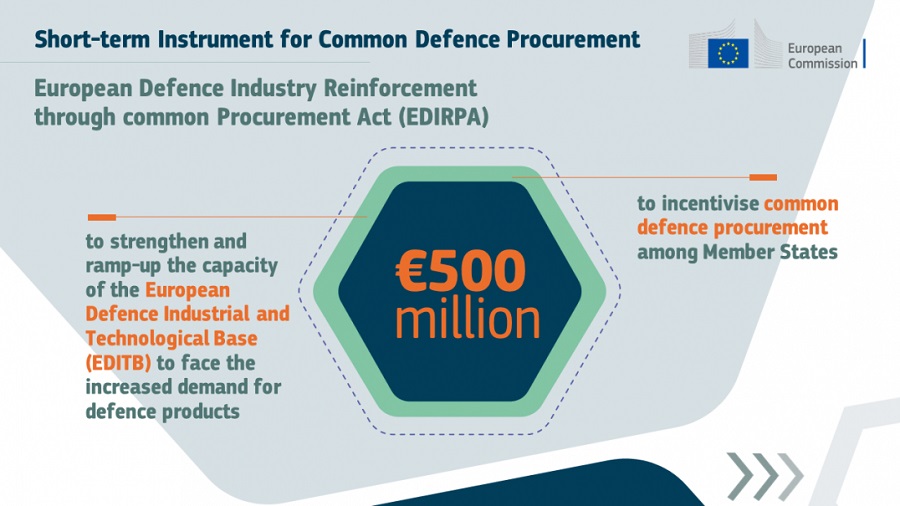
Commissioner for the Internal Market, Thierry Breton, said: “Today we are taking a historic step forward in European defence integration. As war rages on at Europe’s borders, we are responding to the call of EU Heads of State by presenting today a new instrument to support, at European level, the joint acquisition of weapons. In addition to helping replenish part of the stocks following the transfer of arms to Ukraine, we are creating an incentive through the EU budget for Member States to buy together. Europe’s defence is making great strides.”
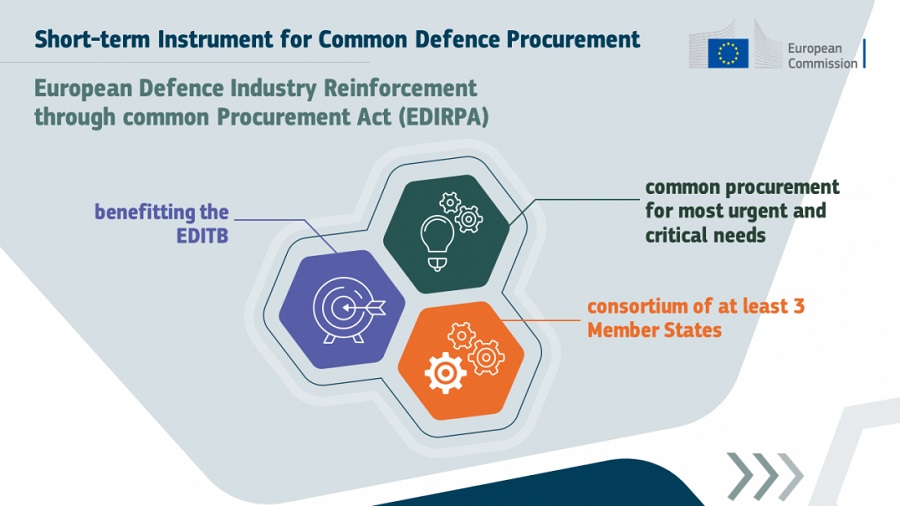
Objectives of the Instrument
In particular, the Instrument will:
- Foster Member States cooperation in defence procurement. This contributes to solidarity, interoperability and efficiency of public spending; prevents crowding-out (impossibility for Member States to satisfy their demand of defence products because of a demand peak); and avoids fragmentation.
- Boost the competitiveness and efficiency of the European Defence Technological and Industrial Base, in particular by speeding up the adjustment of industry to structural changes, including ramp-up of its manufacturing capacities, resulting from the new security environment following Russia’s aggression in Ukraine.
Eligible actions for support
The Instrument will support actions complying with the following conditions:
- Consortium of at least three Member States;
- The expansion of existing or new cooperation for common procurement of the most urgent and critical defence products;
- Procurement procedures reflecting the involvement of the EDTIB.
The Instrument will take into account the work of the Defence Joint Procurement Task Force established by the Commission, and the High Representative/ Head of the European Defence Agency. The Task Force facilitates coordination of Member States’ very short-term procurement needs and engages with Member States and EU defence manufacturers to support joint procurement to replenish stocks.
Next Steps
Responding to the urgency of the situation, within six weeks of receiving the task from the European Council, the Commission has adopted the proposal for a Regulation as a matter of high priority and will transmit it to the co-legislators. The Commission counts on a swift adoption in order to be able, by the end of 2022, to support Member States addressing their most urgent and critical defence product needs in a cooperative manner.
In addition, the Commission will propose a European Defence Investment Programme (EDIP) regulation, which will serve as the anchor for future joint development and procurement projects of high common interest to the security of the Member States and the Union.
Background
Faced with new security challenges, Member States have announced their intention to spend more on defence. However, without more coordination and cooperation, these increased investments entail significant risks such as deepening the fragmentation of the European defence sector along national borders; limiting the potential for cooperation throughout the life cycle of the equipment; intensifying external dependencies; hampering interoperability and ability to act of Member States armed forces.
Choices made concerning short-term acquisitions will have a longer-term impact on the EDTIB market prospects for the next decades. Therefore, it is necessary for the Commission to support, in a timely and targeted manner, Member States willing to jointly reinforce their defence capacities.
Starting in 2017, a new framework for EU-wide and cross-border defence R&D cooperation has been created through PADR, EDIDP and the European Defence Fund.
In particular, the new instrument, as well as the future one, will act in coherence with the €8bn European Defence Fund in the development and acquisition cycle of defence equipment.
The EDIRPA will also complement the European Peace Facility (EPF), which has allowed bold steps in financing Member States’ decision to supply defence equipment to Ukraine, with a level of support reaching €2 billion so far with further allocation being currently finalised by the Member States. While EPF reimburses those transfers, there is now the need to support Member States in replenishing depleted stocks of material, and doing this in a cooperative way.
The Strategic Compass for security and defence, approved by the Council on 21 March 2022, covers all the aspects of the security and defence policy and enhances the EU’s level of ambition in this field. With the Defence package of 15 February 2022, the Commission made concrete proposals to support the Strategic Compass implementation.
Building on all of these initiatives and in order strengthen the EU’s response to Russia’s military aggression against Ukraine, the Joint Communication on the Defence Investment Gaps Analysis and Way Forward of 18 May 2022 tabled a number of concrete and staged measures. Such measures include the establishment of a Defence Joint Procurement Task Force and the creation of the short term Instrument.


